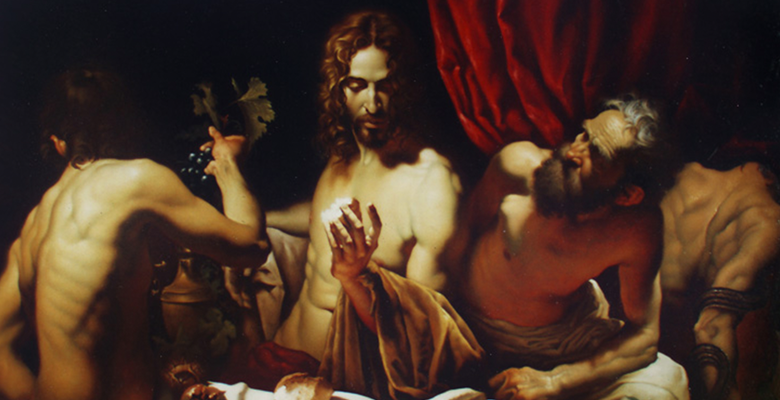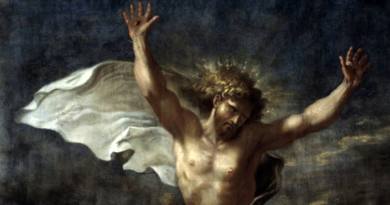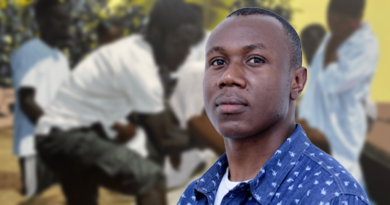Easter Story In Paintings – From Renaissance to Ultra-Contemporary
The eight days of the Easter Holy Week are the most important for all Christians. Here is a brief rundown of the week with its major events depicted in paintings.
Palm Sunday
Jesus triumphantly enters Jerusalem, where crowds greet him waving palm branches

Entry of Christ into Jerusalem by Anthony van Dyck (1599–1641)
// Flemish Baroque, 1617. Oil painting
Holy Monday
On this day Jesus has cursed a fruitless fig tree. This seems to be in contrast with Jesus’ personality, but some scholars interpret it as a “prophetic act of judgement”.
Then Jesus also enters the temple in Jerusalem and evicts the corrupted money changers, shouting: “My house shall be called the house of prayer; but ye have made it a den of thieves”.

The Accursed Fig Tree by James Tissot (1836-1902)
//Opaque watercolor over graphite on grey paper
Holy Tuesday
Jesus preaches to the crowds in Jerusalem, there are also Pharisees and Sadducees in the audience. These Jewish religious leaders are displeased with his speeches. Why? Because most of the parables were aimed directly at them.

Christ teaching in the Temple
by Bess Bruce Cleaveland (1876-1966)
Spy Wednesday
This is when the arrangement between Judas and the high priests (the Sanhedrin) happened to betray and capture Jesus.

The Pact of Judas by Giotto ca. 1267 – 1337. Italian Proto-Renaissance. Fresco
Maundy Thursday
The day of the Last Supper. Maundy stands for the Latin word “mandatum”, meaning “command”. During the Last Supper Jesus gives his disciples a new commandment, that they should love one another as he has loved them. He also sets the framework for the Holy Communion.

The Last Supper by Roberto Ferri. Ultra-contemporary sacred art

The Last Supper by Leonardo da Vinci (ca. 1495–1498). High-Renaissance. Tempera on gesso
Good Friday
Following the betrayal of Judas in the garden of Gethsemane, Jesus is trialed for the charges of subverting the nation and attempting to overthrow the Roman government. He is flogged, and ultimately crucified on the hill of Golgotha (Calvary). Then his body is taken down from the cross.

The Crucifixion by Sofia Novelli. Ultra-contemporary sacred art
Black Saturday
What were the apostles were doing on the day after Jesus’ crucifixion? Were they meeting in secret, behind closed doors, in the dark, fearing reprisals. However, the Jewish leaders went to the Roman governor Pontius Pilate and asked for the tomb of Jesus to be placed under guard, fearing the disciples would steal the body and fake the resurrection.

The Watch over the Tomb by James Tissot
Resurrection Day
Neither of the four gospels of the Bible describe the act of resurrection. (!!) All of them (Mark 16, Matthew 28, Luke 24, Acts 1, John 20) contain accounts of Jesus returning to his disciples on Sunday. There are also accounts surrounding the discovery of the empty tomb, the appearance of an angel and the women who met Jesus on the road. Nonetheless, the New Testament gospels all agree – “He is Risen”.





